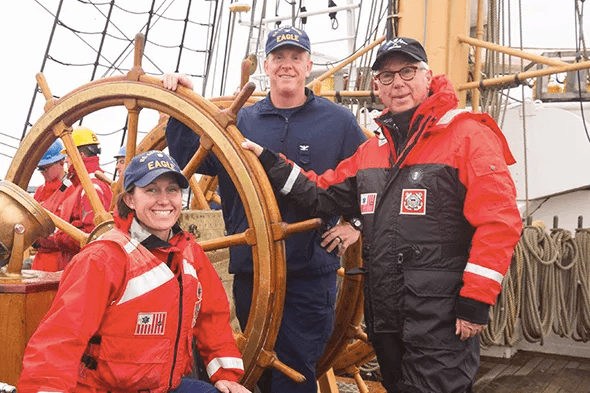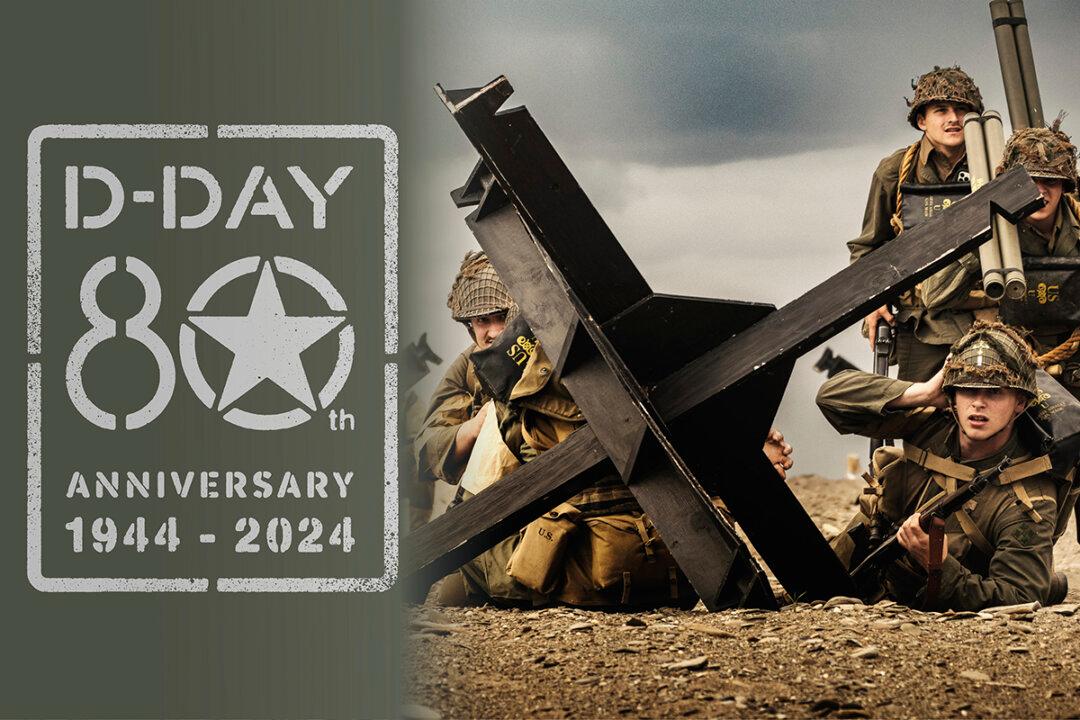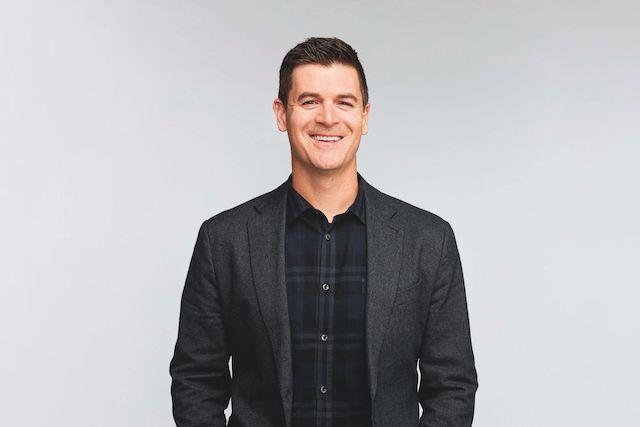Ron Holland became lost at sea one night when he was 11. He’d been sailing his dinghy, the Tempo, in Auckland’s Hauraki Gulf, New Zealand. He found himself marooned in the middle of a shipping lane, a couple of miles from shore, drifting, with no wind to speak of.
He thought of his mother. That made him cry.






